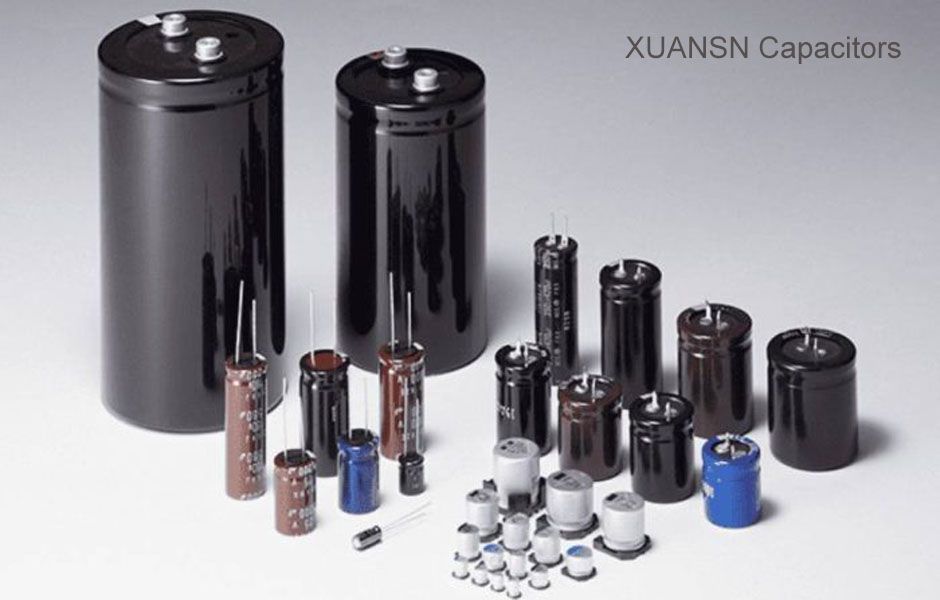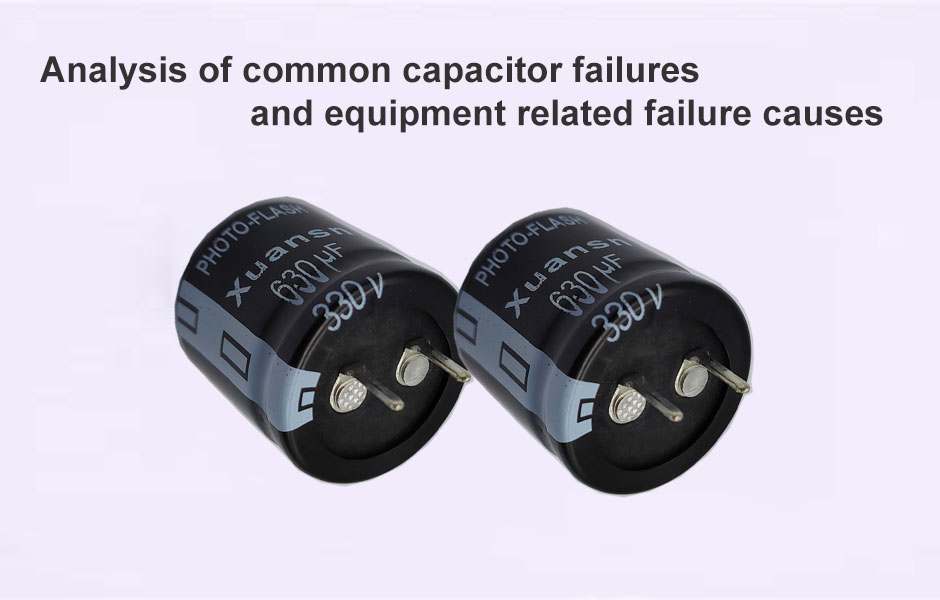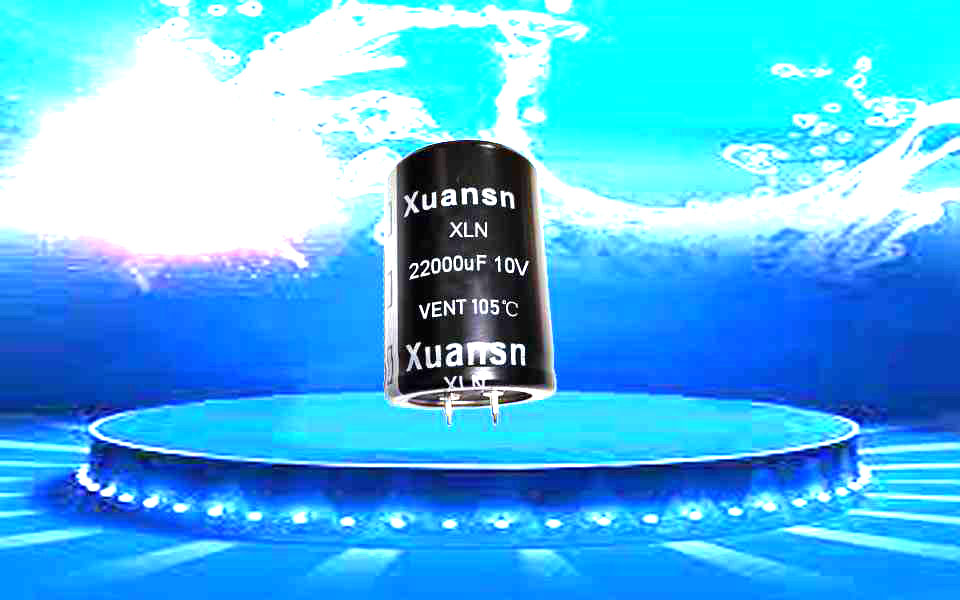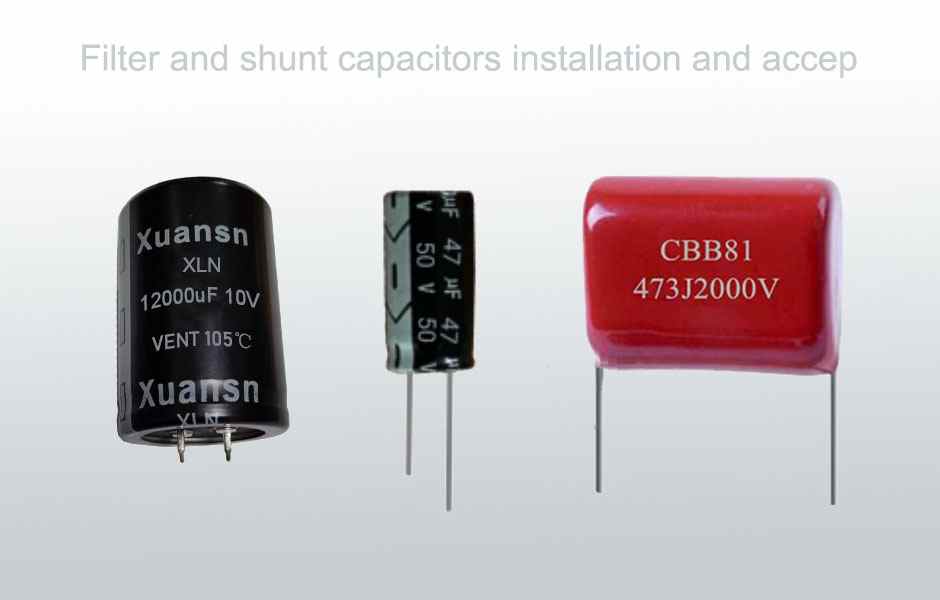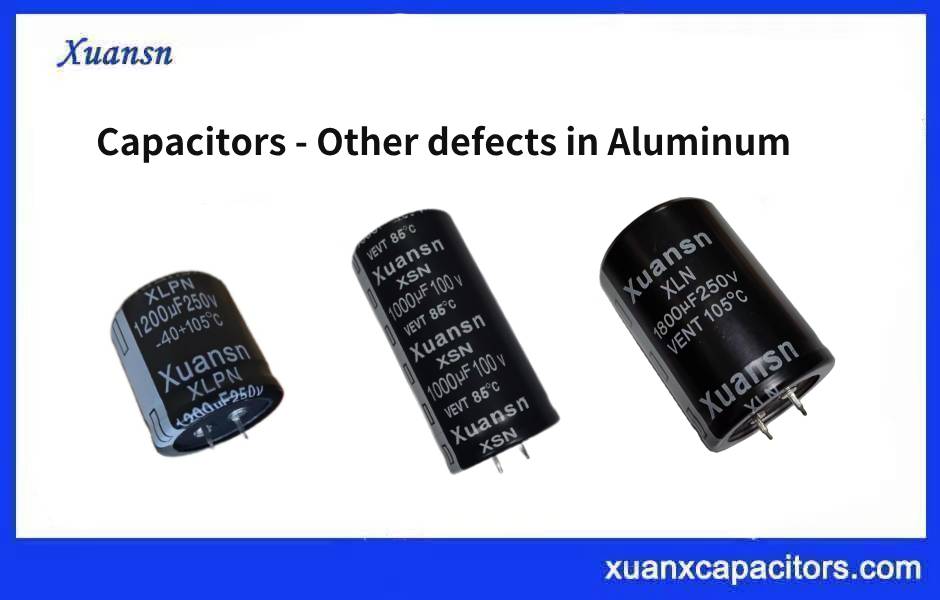The role of electrolytic capacitors in the circuit
1. filtering
In the power supply circuit, the rectifier circuit converts the alternating current into a pulsating direct current, and after the rectifying circuit, a large-capacity electrolytic capacitor is connected, and the rectified pulsating DC voltage is changed into a relatively stable direct current by utilizing its charging and discharging characteristics. Voltage. In practice, in order to prevent changes in the supply voltage of each part of the circuit due to load changes, there are typically tens to hundreds of microfarads of electrolytic capacitors at the output of the power supply and at the power input of the load. Since the large-capacity electrolytic capacitor generally has a certain inductance, the high-frequency and pulse-interference signals cannot be effectively filtered out, so a capacitor with a capacity of 0.001–0.lpF is connected in parallel at both ends to filter out the high-frequency. And pulse interference.

2, coupling
In the process of transmission and amplification of low-frequency signals, in order to prevent the static working points of the two-stage circuit from interacting with each other, capacitor coupling is often used. In order to prevent the loss of the low-frequency component of the signal in the signal, the electrolytic capacitor with a large capacity is generally used.
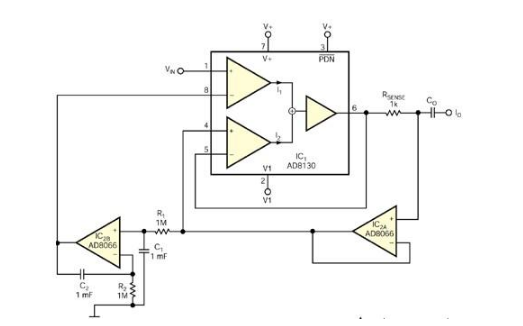
Electrolytic capacitor characteristics
1, there are polar electrolytic capacitors
Due to the internal structure of the polar electrolytic capacitor, the two pins have the positive and negative poles. They cannot be reversed during use. Otherwise, they will not function normally and will cause an explosion. In order to alleviate this hazard, the electrolytic electrolytic capacitor is provided with an explosion-proof port. The characteristic of a polar electrolytic capacitor is that the capacity can be made large, and the larger the volume, the larger the volume, and the larger the leakage current.
2, non-polar electrolytic capacitor
The non-polar electrolytic capacitor is also called bipolar electrolytic capacitor. The non-polar electrolytic capacitor adopts the double oxide film structure, which makes the lead of the electrolytic electrolytic capacitor become non-polar, while retaining the small size and large capacity of the electrolytic capacitor. The advantage of low cost. The crossover capacitor of the crossover circuit in the audio is a non-polar electrolytic capacitor.
3, tantalum electrolytic capacitor
Tantalum electrolytic capacitors are sealed with moisture-proof and flame-retardant epoxy resin. They are small in size, low in leakage current and dielectric loss, good in frequency and temperature characteristics, long in life, high in reliability, good in stability, and have a wide operating temperature range. , stable performance after long hours of work and shelving. It is suitable for cutting-edge military, computer, automotive, communications, high-end home appliances and other fields.
4, non-solid tantalum electrolytic capacitor
It is a tubular semi-sealed, polar, non-solid dielectric, sintered anode tantalum electrolytic capacitor, which has the advantages of small volume, small leakage current, excellent performance, stable and reliable, and long life.
Suitable for communications, aerospace and other military and civilian electronic equipment.
5, solid tantalum electrolytic electrolytic capacitor
It is a metal casing fully sealed solid dielectric electrolytic electrolytic capacitor. The utility model has the advantages of small volume, wide working temperature, stable and reliable performance and long service life. Widely used in military and civilian instrumentation and other electronic equipment.
